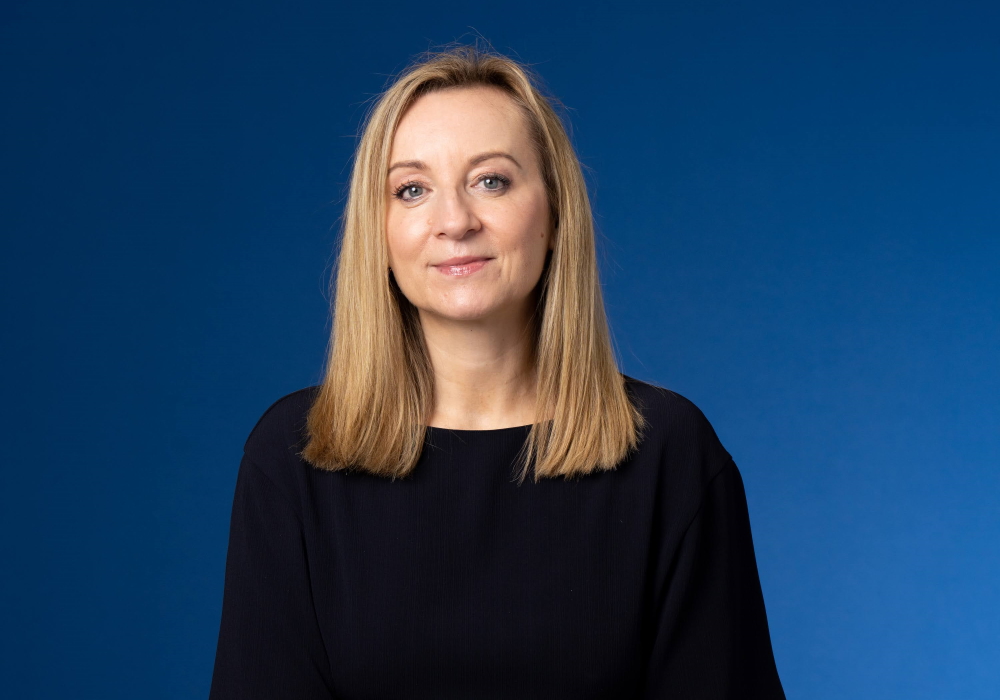To mark International Women’s Day (IWD) and our Digital Women Lunch 2023, we’ve been speaking to some of the industry’s leading female voices to get their thoughts on how digital can truly achieve equity. Next, we chat with Emma Newman, CRO, EMEA at PubMatic.
The theme of IWD 2023 is equity. How far has our industry come in achieving equity for women rather than just equality?
When talking about equity and equality, we need to make sure that we’re defining each term correctly, consistently. Equity and equality may sound similar, but the implementation of one versus the other can lead to dramatically different outcomes. Equality means each individual or group of people is given the same resources or opportunities. Equity recognises that each person has different circumstances and allocates the exact resources and opportunities needed to reach an equal outcome.
While there has been a lot of progress made towards achieving equality and equity over the last past years, I believe that there is still some degree of systemic bias: women’s accomplishments are celebrated as “women’s history,” whereas male accomplishments are simply “history.” While well-intentioned, the designation still perpetuates some of the gender disparity and stereotypes that women face every day.
What are you most impressed by in how your own company is making efforts to achieve equity?
Two years ago, we publicly shared an action plan to focus PubMatic’s commitments towards diversity, equity and inclusion (DE&I), and we continue to hold ourselves accountable to making progress in many different ways.
For example, we publish diversity data annually: we have publicised data annually since 2016. If you look at PubMatic’s board, out of seven members, five come from under-represented minority groups. One layer down, looking at our senior leadership team, once you remove the founders, then 47% of our SLT is female. This level of diversity at the top, reinforces that the company is serious about D&I and that resonates well with employees and customers alike.
Other examples of how we are working towards equity from the ground up include:
- Ensuring greater diversity of candidate pools: diversity of new hire cohorts increased year-over-year for women globally
- Investing in DE&I training programs. Build on our mentorship programs for female and underrepresented minority employees
- Creating an internal Diversity, Equity & Inclusion Council (incl Women ERG)
- We also track gender representation and have seen that female representation has risen steadily over the past few years, with women making up 28% of our global workforce. Our European teams had the highest representation of females, reaching near parity at 46% female. The EMEA team also experienced the highest growth year-over-year. The growth in female representation is the result of both recruitment and retention efforts.
Over the past year, PubMatic has made a concerted effort to recruit female talent to join the organisation. Women were also promoted at higher levels, accounting for 31% of total promotions over the past year. In APAC, women made up 60% of all promotions in the region. This helped drive retention rates up for female employees globally.
What will be the biggest challenge in achieving equity in the digital industry?
Gender inequity is often seen through a single lens, focused on pay, career, pensions and longevity, or workforce representation. The reality is that the issue of gender inequity, and its causes and effects, are multidimensional and should be addressed as such.
We need to be mindful that women can presented with an array of challenges from their first day in work, to the day they retire. And that these challenges will look different for each person. This fluidity, combined with a tendency towards looking at gender equity through a single lens is what creates the biggest challenge – making sure we’re giving all women the opportunity to achieve equity.
Another challenge we face is initiating a pivot away from focussing on putting frameworks and policies in place without first considering what the ideal outcome looks like. By making this change we will be able to ensure that the frameworks we put in place take into consideration the specific life-stage challenges women face rather than generalised gender-based challenges. This approach is needed if we’re going to give all women equal opportunities to grow their careers.
What is your advice to anyone in a junior position who wants to engender change within their own organisation?
The most important thing is to speak up and anyone, in any organisation should be empowered to do this. However, that’s just the starting point.
Effective change doesn’t just happen by chance it requires careful consideration, planning and perseverance. Furthermore, there’s no blueprint for success, any plan you make must be right for your organisation. However, in general, you’ll need to consider the following:
- What are the things you have observed or experienced that have inspired you to want to engender change, and why are they important? What is the business case?
- What changes do you think are needed, and what outcomes will those changes drive?
- Who do you need to help you drive these changes, and what support do you need from your leadership team?
- How can you inspire people at all levels to help you?
- Who is best positioned to help you drive these changes?
- Can the changes you want to happen be implemented internally or do you need the help of a third-party?
- What impact will the changes you want to make have? What does success look like?
- What are the risks associated with your change project and how will you mitigate against these?
What is the biggest opportunity for women in your sector of the digital industry today?
Personally, I think the biggest opportunity we have today is one that applies to both men and women, and that’s to redefine the workplace in order to minimise stress and burnout. We’re seeing more and more very senior people in the media industry leaving high-profile roles because of stress, burnout, and a poor work-life balance.
The reason I cite this as the number one opportunity for women is to be at the forefront of this workplace reinvention as we have more experience of implementing this sort of change for ourselves compared to men. By using our collective experience, we can effect change faster than ever before and avoid hundreds, if not thousands of people falling victim to stress and burnout and thereby leaving the industry prematurely over the next decade and beyond.
What is the biggest challenge to you as a woman in the digital industry and how are you overcoming it?
There have been several, but the one I’ll focus on here is the lack of role models and the causes behind that.
This issue is two-fold. Firstly, with fewer women in executive positions in media companies, women sometimes cannot get the mentorship and coaching they need to thrive and advance in their careers. The lack of a female role model in the workplace can also cause a feeling of isolation and discouragement. Without the right guidance and support from peers and a support system, it can discourage women from aspiring for leadership roles.
Secondly, you need to look at what has happened to cause there to be fewer female role models, and how that has impacted others. I believe that one of the root causes of the lack of female role models is the fact that the adaptations to the workplace that have been necessary for women to continue in high-profile roles have not been put in place. This means that far too many junior women have watched potential role models walk away because of stress and burnout or a poor work-life balance. This has led to people avoiding following their ambitions, not because they weren’t right for the job, but because the workplace hadn’t evolved to support them. If we don’t solve this issue, this problem will persist for generations to come. Thereby becoming a self-fulfilling prophecy – fewer role models = fewer women taking up leadership positions = fewer role models.
What three things could employer companies do to make the digital industry better for women?
- Scrutinise your workplace from every possible angle (maybe ask some of your female employees for their perspective) and ask yourself if it works for women in such a way that they can have a long-term, sustainable career. If the answer to that question is ‘no’ – change it. Now.
- Support career equity and the representation of roles: intentional career enablement, mapping of career trajectories, pay transparency and skills architecture focused on developing women into managerial and leadership roles.
- Promote flexibility in the workplace: the post COVID-19 landscape has already transformed our collective view of working flexibly. Flexibility is needed to support working women in balancing career and caregiving responsibilities.
What is the biggest misconception about women and by women in the digital industry?
One of the biggest misconceptions I hear is that a person must be good in tech to work in digital. The opportunities in digital are endless and rewarding and while digital skills are important, human skills such as creativity, abstract thinking, and adapting to changing conditions are critical.









